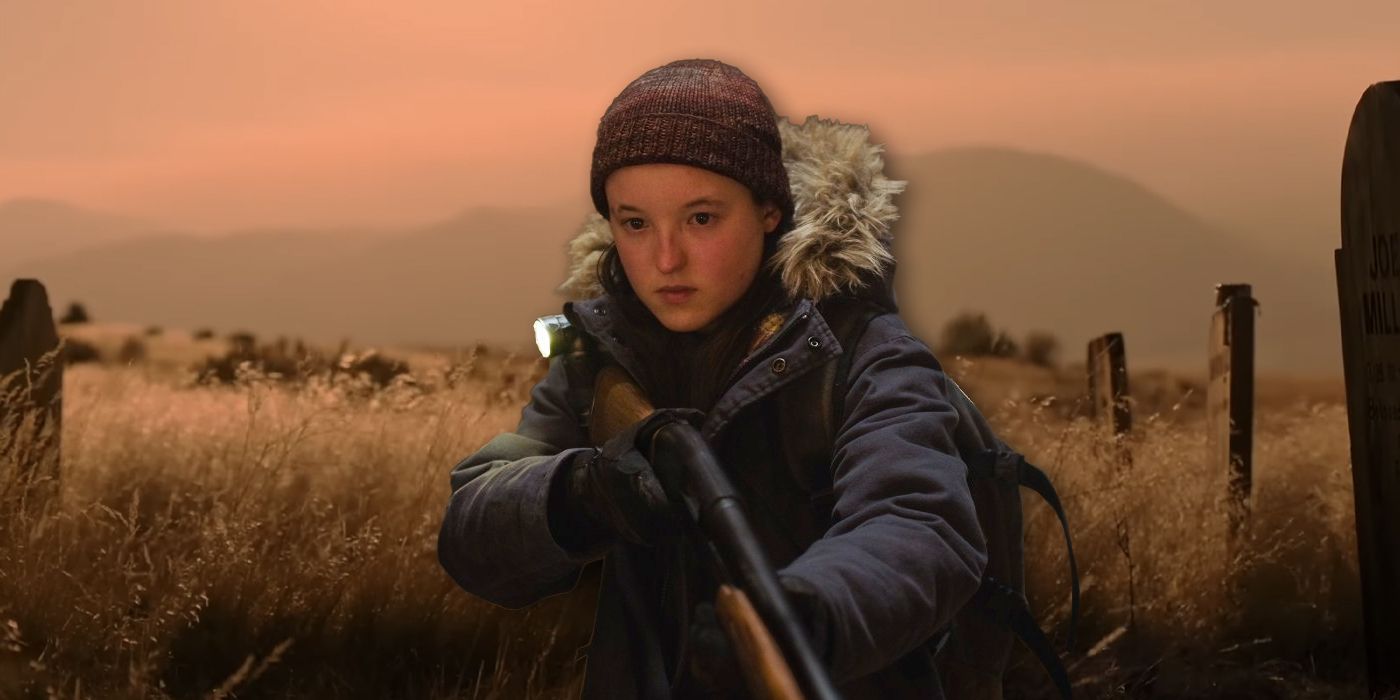
The show “The Last of Us” is not an easy watch – even its quietest scenes carry a heavy weight. For instance, Season 2, Episode 3 begins with an unsettling stillness as Tommy Miller encounters his brother’s lifeless body for what appears to be the first time. He gently washes the blood from his hand while shedding tearful goodbyes. However, the lingering adrenaline soon takes over. A baby cries, doctors scurry frantically, and Ellie emits heart-wrenching screams in the Jackson hospital, all while a vision of Joel being stabbed by Abby flickers across the screen. This is the only chaotic scene Jackson experiences throughout the episode, but other groups in Seattle continue to endure such turmoil.
The departure of Pedro Pascal from the show has left many in disarray and questioning how “The Last of Us” can continue without him. However, fear not, as he will reappear in other forms throughout the season, but his consistent presence is now a thing of the past. Although losing Joel is a significant loss for the series, it seems that “The Last of Us” doesn’t seem too phased by the repercussions. The destruction and aftermath provide excellent resources for showrunners Craig Mazin and Neil Druckmann to fuel a narrative driven by Bella Ramsey’s character, who has demonstrated their ability to lead the series effectively on their own. If Season 2, Episode 3 is any indication of what lies ahead, there remains something worth living for among these mourning characters.
The Last of Us Slows Down to Grieve – Temporarily
Season 2, Episode 3 Realistically Looks at Different Kinds of Grief
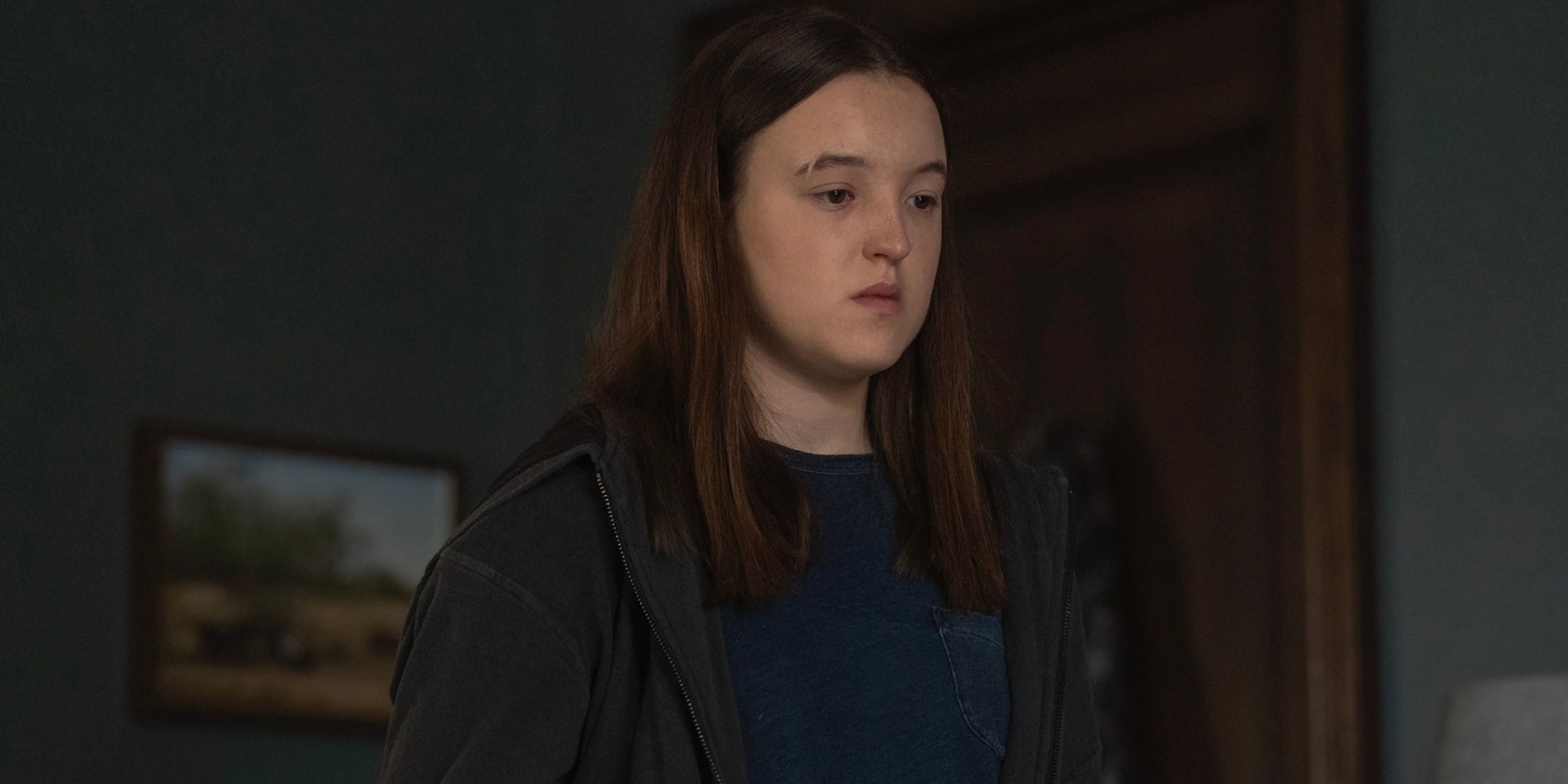
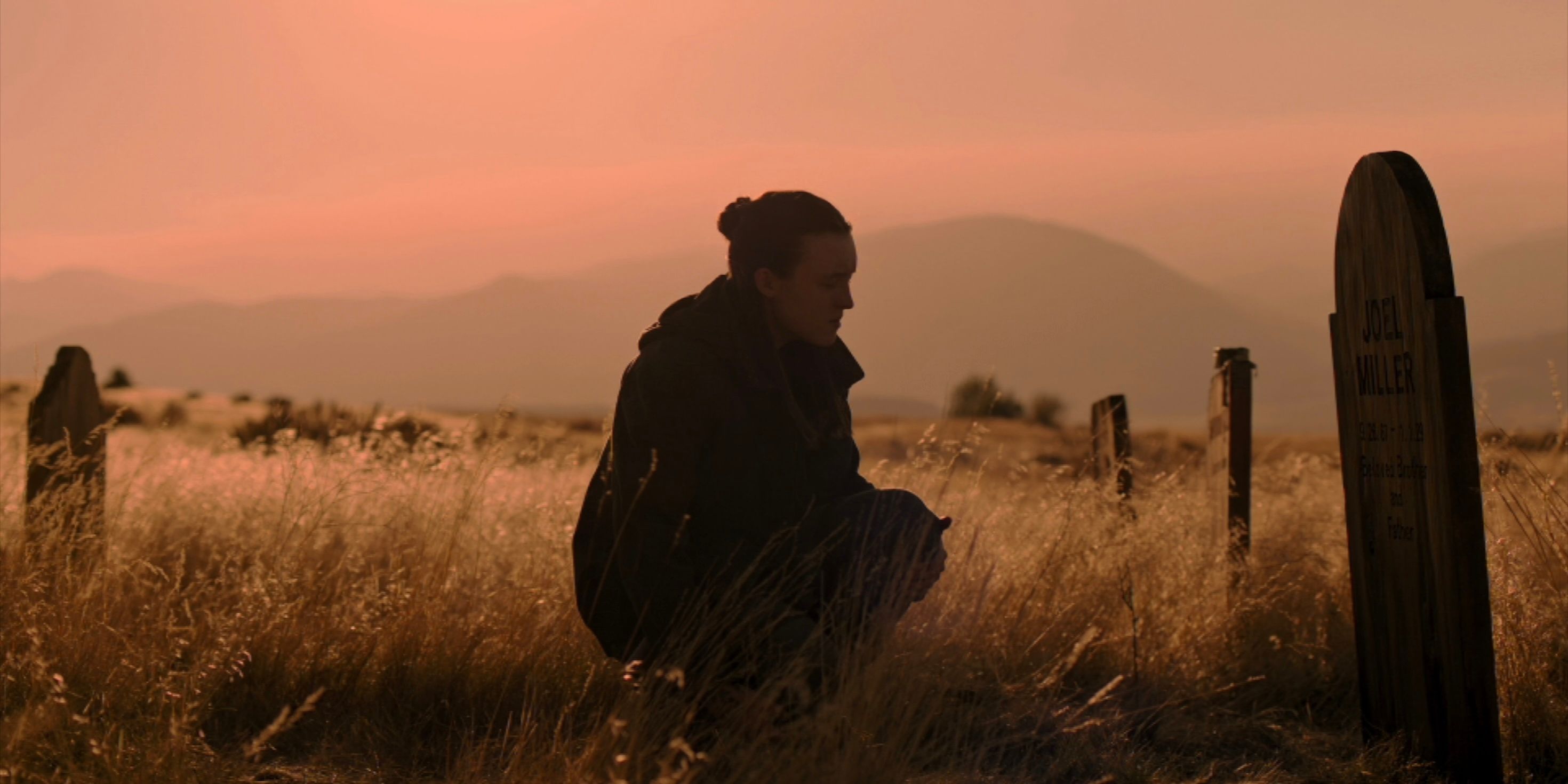
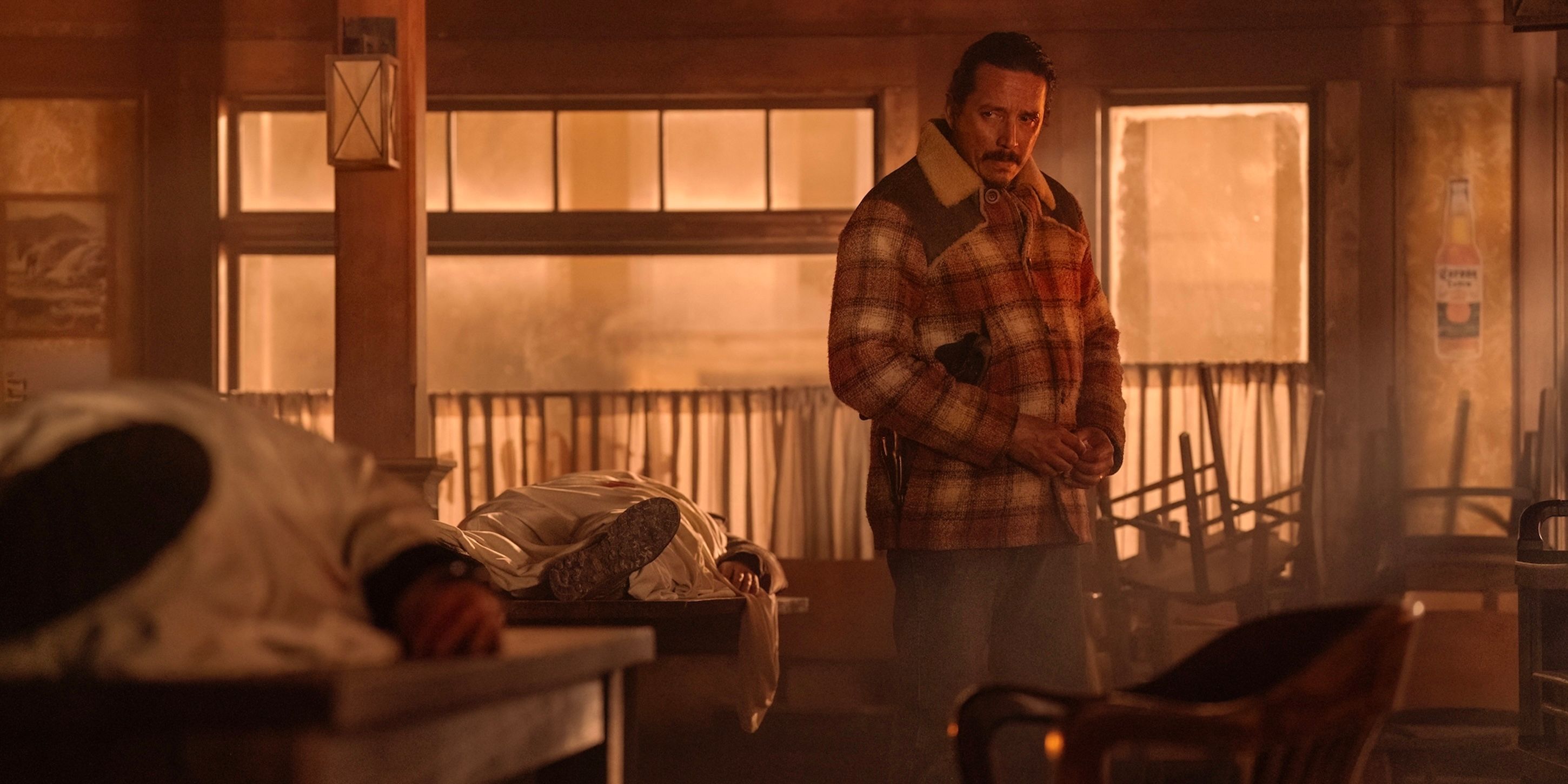
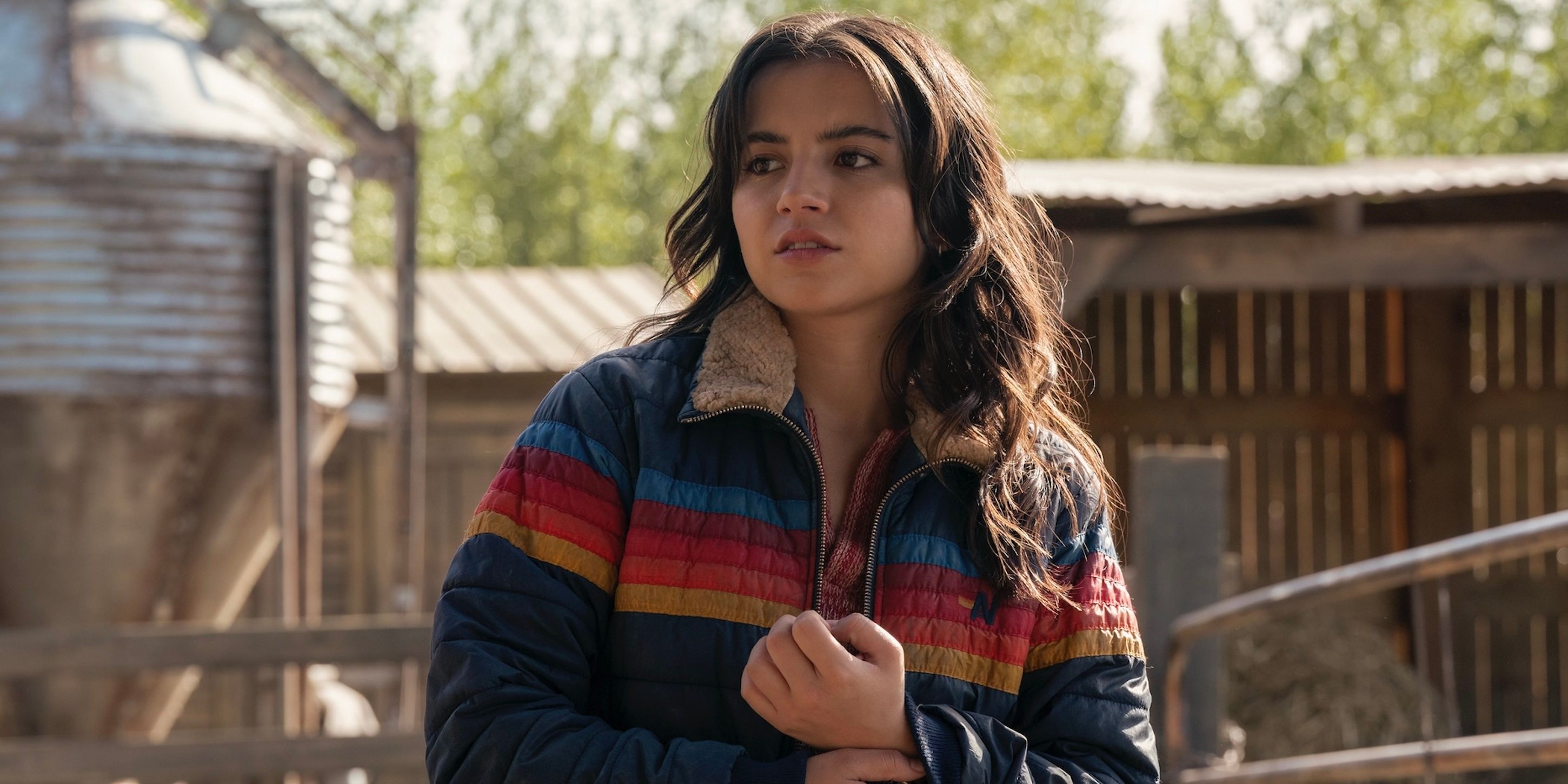
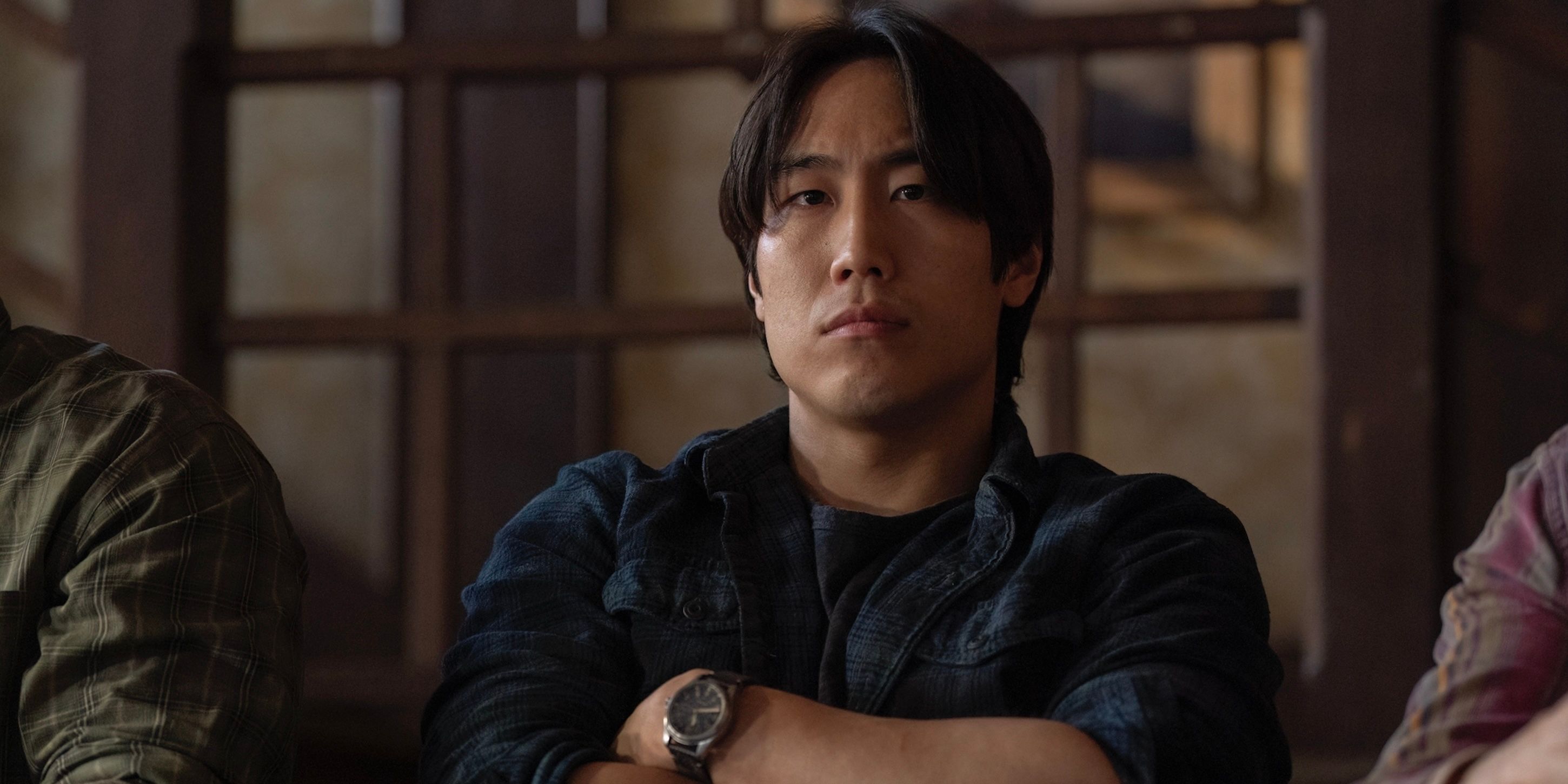
In terms of coping with loss, there isn’t a standard timeline for everyone, as demonstrated in “The Last of Us.” People experience grief differently and for varying lengths of time, much like how different TV shows handle it. As we enter Season 2, Episode 3, one might wonder about the appropriate interval to address the demise of a significant character between episodes. For instance, “Game of Thrones” continued immediately following Ned Stark’s death in the second-to-last episode of Season 1. Conversely, “The Walking Dead” skipped ahead six years after Rick Grimes’ apparent passing. In “The Last of Us,” they opt for a reasonable three months as a time jump – an insightful adaptation from the original video game.
Following the initial scene, most of the episode unfolds in Jackson, where Ellie recovers from the hospital. Mazin and Druckmann realize that plunging the narrative into another vengeance quest could be too intense. Instead, they provide time for both characters and viewers to process the shocking revelation from the previous episode and adjust to this new situation. The opening credits make it clear that Joel is no longer present, leaving Ellie on her own. Although Abby doesn’t appear in this episode, a three-month time leap allows both characters to brood over the chaos they’ve experienced.
In Season 2, Episode 3 of ‘The Last of Us’, grief manifests differently among the characters. Fresh from the hospital, Ellie is brimming with anger and eager to track down Abby for some vintage Western-style retribution. Instead of confronting her feelings, Dina copes by finding faults in herself as a romantic partner to Jesse, diverting attention away from her grief. The community honors Joel’s memory through flowers and cards, which Ellie might perceive as well-meaning but hollow gestures. Interestingly, Tommy seems to embrace a positive approach to moving forward, focusing on the future instead of dwelling on the past, until Ellie pulls him into her fury. ‘The Last of Us’ doesn’t pass judgment on these methods, but rather underscores the criticisms that people often hurl at each other in their most vulnerable states.
A Community Vote Paints a Disturbingly Familiar Picture
The Debate on Killing Abby Mirrors Joel’s Controversial Choice in the Season 1 Finale
It could be said that during the three months Ellie spent in the hospital, Jackson found an eerily peaceful time. The irony lies in the fact that while people mourned their own losses due to the attack on Jackson, Gail was provided with enough alcohol and marijuana for therapy sessions spanning over a hundred years, in exchange. Yet, there were no disagreements about how to handle Joel’s killers. As several characters note in this episode, Ellie’s thirst for retribution is unprecedented.
In the council meeting about Ellie’s plea for permission to execute Abby and her group in Seattle, a thought-provoking question arises: Is sacrificing one life worth the destruction of the whole world? In the earlier scenario, Joel spared Ellie despite losing 19 lives (18 soldiers, one doctor) and denying a cure for the Cordyceps virus. Now, Ellie, in a role reversal, is advocating for the lives of an entire Jackson squad to seek justice for her protector. However, unlike before, this time it’s not about saving a life, but taking one. Perhaps, Ellie is attempting to preserve Joel’s memory in her mind by doing so. The second season, episode 3 delves into this moral dilemma on a smaller scale, yet the essence remains the same.
In a similar vein to how it concluded Joel’s decision in Season 1 finale, “The Last of Us” doesn’t portray anyone as right or wrong. Many council members vote against the Seattle issue due to their heavy losses and fear of further loss. This conflict is what makes the show hauntingly frustrating, as viewers yearn for a clear hero and villain, but “The Last of Us” refuses to oblige. For instance, Seth, the prejudiced individual, instills an icy fear when he criticizes others for hindering Ellie’s mission. Even though a swarm of clickers can terrify someone, Seth’s defense of Ellie is bone-chilling. “The Last of Us” manages to make audiences sympathize with and approve of Seth, who not only speaks up for Ellie but also assists her and Dina in escaping Jackson. The show continues to amaze by making us empathize with characters like Ellie and even potentially cheer for Seth. One can only imagine the complexity “The Last of Us” will bring to Abby as the story progresses.
The Last of Us Illustrates the Beginning of Ellie’s Downfall
As the Show Establishes the War in Seattle, Ellie Follows Her Inner Nature
Ellie and Dina are headed to Seattle, their trip accompanied by stunning vistas of the Western U.S. Before reaching Seattle, however, “The Last of Us” shifts focus from Jackson to present the primary inhabitants of the rain-soaked city: the Seraphites. While gamers are familiar with these people and their capabilities, viewers on television see them as innocent victims in a conflict, particularly when an unsuspecting group (even including a child) seeking refuge are brutally attacked by WLF soldiers.
In Season 2 of “The Last of Us,” there seems to be an issue with character development. Unlike the game, where the Seraphites are initially portrayed as ruthless cult members with stone hearts, the show presents them in a more compassionate light right from the start. This lacks the challenge for viewers to empathize and grow alongside the characters, which is a key aspect of great shows – they should not spoon-feed emotions or guide us through the story, but rather allow us to discover and evolve our feelings towards the characters ourselves.
As a devoted fan, I must say that “The Last of Us” appears to be primarily engaging its audience with a deep exploration of my feelings towards Ellie at this point in time. To my delight, they are certainly succeeding in this endeavor. Season 2, Episode 3 is a testament to the power of a show capitalizing on the aftermath of a thrilling episode, largely due to Ramsey’s nuanced portrayal of the simmering wildness within Ellie. This is evident when she treads quietly through Joel’s home for the first time since his passing. In that poignant moment, her grief erupts as tears stream down her face, burying herself in Joel’s jacket – a heart-wrenching scene that leaves an indelible mark on my emotions.
In terms of who might help Ellie maintain a balanced perspective, it seems that Dina could be the one. Their relationship is filled with both awkward and endearing romantic moments. Is it simply a positive influence in her life that Ellie requires? Some, like Tommy, speculate that Joel has negatively influenced her. However, as Gail explains to Tommy in one of The Last of Us‘s most insightful dialogues, upbringing plays only a small role in shaping a person. Instead, Ellie’s tendency to react aggressively is inherent, much like Joel. They’ve been walking together through life’s challenges since the beginning.
The Last of Us airs Sundays at 9:00 p.m. on .
Read More
- 50 Ankle Break & Score Sound ID Codes for Basketball Zero
- Stellar Blade Update 1.011.002 Adds New Boss Fight, Outfits, Photo Mode Improvements
- 50 Goal Sound ID Codes for Blue Lock Rivals
- Stellar Blade x Nikke DLC: Full Walkthrough | How to Beat Scarlet + All Outfit Rewards
- Complete Steal A Brainrot Beginner’s Guide
- Lady Gaga Does the Viral ‘Wednesday’ Dance, Performs ‘Abracadabra’ and ‘Zombieboy’ at Netflix’s Tudum
- Lucky Offense Tier List & Reroll Guide
- League of Legends: Bilibili Gaming’s Epic Stomp Over Top Esports in LPL 2025 Playoffs
- How to watch BLAST Austin Major 2025: Stream, Schedule, Teams
- How to use a Modifier in Wuthering Waves
2025-04-28 05:32